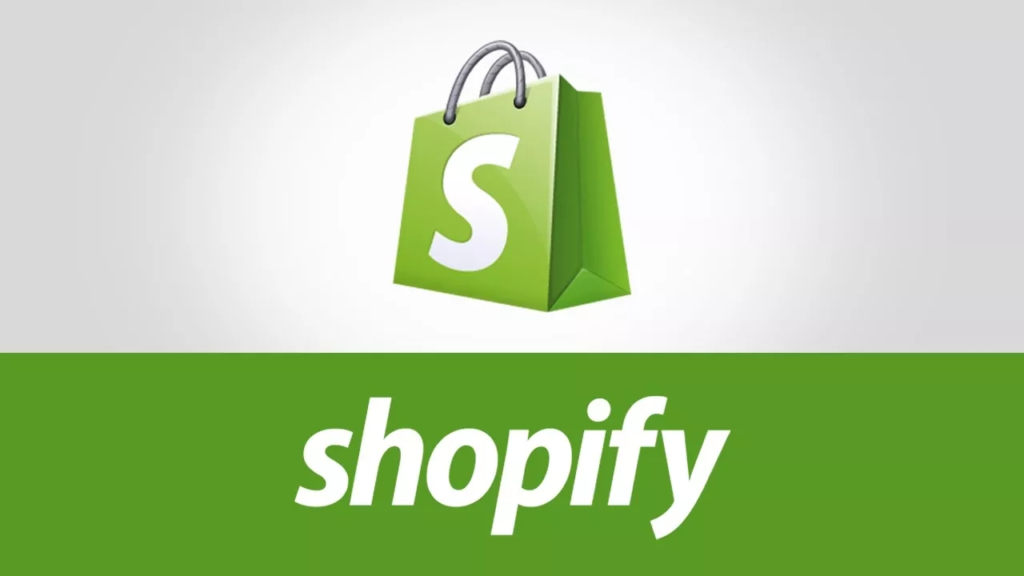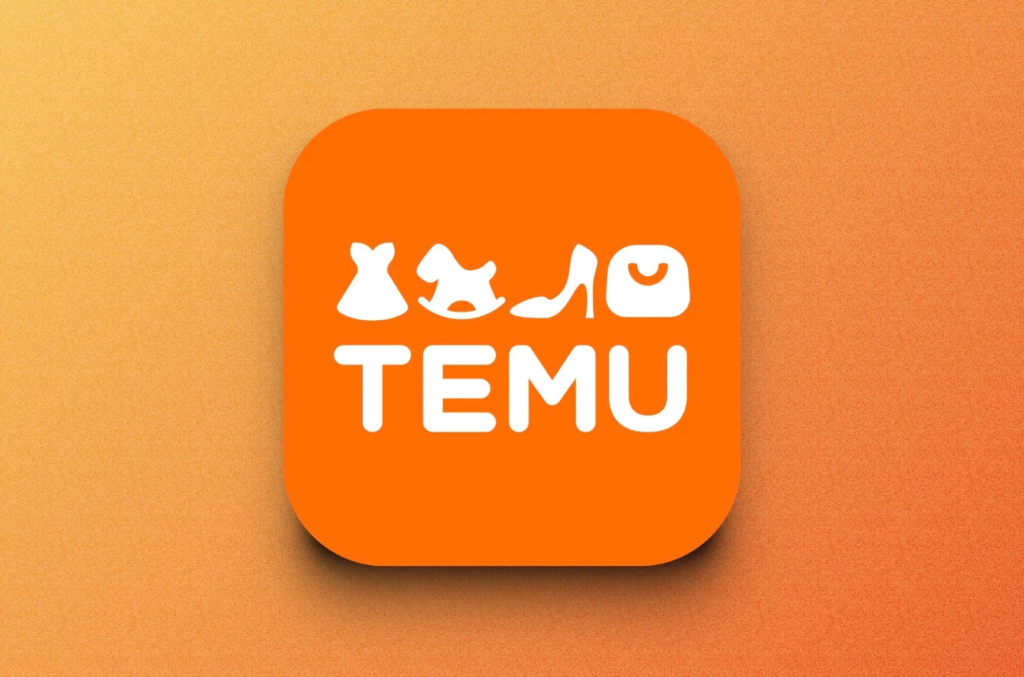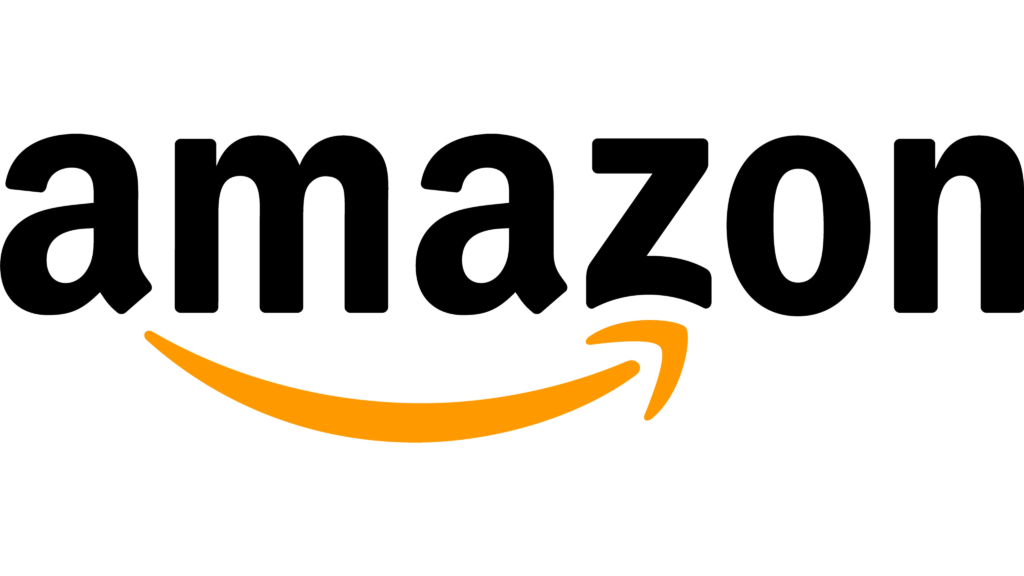1.Strategy for Selecting a Platform for Dropshipping
With the rapid growth of e-commerce, more and more American businesses are beginning to explore the potential of cross-border e-commerce. Dropshipping, as a business model that does not require inventory management, is gaining widespread attention. This article will delve into relevant information about dropshipping platforms to help you better understand and utilize these platforms.
2.Introduction to Major Dropshipping Platforms
AliExpress
As one of the largest online retail platforms globally, AliExpress offers a wide selection of products. Its low prices and global shipping capabilities make it a top choice for many dropshipping businesses.
Oberlo
Oberlo is a dropshipping app designed specifically for Shopify users, offering convenient product import and order management features. Its seamless integration with AliExpress makes operations simple and efficient.
Spocket
Spocket focuses on providing high-quality suppliers from the US and EU, reducing shipping times and improving product quality. It is suitable for merchants who want to offer fast delivery and high-quality products.
Printful
Printful is a platform specializing in custom products such as clothing and accessories, ideal for merchants with creative design needs. Its printing and shipping services are handled in-house, ensuring quality and efficiency.
Shopify
Temu
Amazon
3.Platform Selection Guide
- Product Type and Target Market
When choosing a platform, consider the product type and target market. For example, if you mainly sell clothing, Printful might be a more suitable choice; if your target market is in North America, Spocket’s local supplier resources will provide faster shipping services. - User Experience and Support Services
Evaluating the user experience and support services of a platform is equally important. Oberlo’s deep integration with Shopify provides a smooth user experience, while Spocket is known for its efficient customer support.
4.How to Dropship on Shopify

- Create a Shopify Store:
Sign up for a Shopify account and set up your online store.
Choose an appropriate theme and customize the look and feel of your store. - Select Products and Suppliers:
Use the Shopify App Store to find dropshipping apps like Oberlo, Spocket, or DSers.
Browse products through these apps and select the ones you want to sell.
Ensure you choose reliable suppliers by checking their product quality, shipping times, and customer reviews. - Add Products to Your Store:
Use the dropshipping app to import selected products into your Shopify store.
Edit product descriptions, prices, and images to make them appealing to customers and consistent with your brand. - Set Up Payment and Shipping:
Set up payment methods (such as credit cards, PayPal, etc.) in the Shopify backend.
Determine your shipping policy and shipping areas, and set the corresponding shipping options in your store. - Optimize Store and Marketing:
Optimize your store to improve search engine ranking (SEO), including using relevant keywords and optimizing product pages.
Use social media, email marketing, and paid advertising (such as Facebook Ads and Google Ads) to drive traffic and attract potential customers. - Process Orders:
When customers place orders in your store, use the dropshipping app to automatically send the orders to the suppliers.
Suppliers will ship directly to the customers, and you need to track order status and provide customer support. - Customer Service and Feedback:
Provide good customer service by promptly answering customer inquiries and handling returns.
Collect customer feedback to continuously improve your products and services.
5.How to Dropship on Temu

- Register an Account:
First, you need to register a seller account on Temu. If you don’t have an account yet, you can visit the Temu website and follow the instructions to register. - Understand Platform Policies:
Carefully read Temu’s seller policies and guidelines to ensure you understand the platform’s rules, fee structure, and dropshipping requirements. - Select Products:
Determine the types of products you want to sell. You can conduct market research to understand which products are in demand on Temu.
Find reliable suppliers. This can be done through platforms like Alibaba, 1688, etc., to find suppliers who support dropshipping. - Contact Suppliers:
Communicate with potential suppliers to ensure they support dropshipping and learn about their product quality, pricing, shipping times, etc.
Ensure that suppliers can provide stable inventory and fast shipping services. - Upload Products:
Create product listings on the Temu platform. Ensure product descriptions are detailed, images are clear, and prices are reasonable.
Pay attention to SEO optimization and use appropriate keywords to improve product visibility. - Process Orders:
When a customer places an order, you need to forward the order information to the supplier, who will then ship the product directly to the customer.
Ensure that the logistics information provided by the supplier is accurate and update the customer’s order status promptly. - Customer Service:
Provide good customer service, respond promptly to customer inquiries, and handle after-sales issues.
Pay attention to customer feedback and continuously optimize products and services. - Monitor and Optimize:
Regularly analyze sales data to understand which products are performing well and which need improvement.
Continuously optimize your product mix and marketing strategy based on market trends and customer feedback.
6.How to Dropship on Amazon

- Understand Amazon’s Policies:
Amazon allows dropshipping, but you must ensure compliance with their policies. Most importantly, as a seller, you need to be responsible for customer service and ensure that products meet all of Amazon’s sales requirements.
You cannot ship directly to Amazon customers from other retailers (like Walmart or Target). You must use suppliers or manufacturers for direct shipping. - Choose Suppliers:
Finding reliable suppliers is crucial. You can find suitable suppliers through wholesale markets, manufacturers, or specialized dropshipping platforms.
Ensure that suppliers can provide stable inventory and timely shipping services. - Register an Amazon Seller Account:
If you don’t already have an Amazon seller account, you need to register one. You can choose between an individual seller account or a professional seller account, depending on your sales volume. - Create Product Listings:
Create your product listings on Amazon and ensure that the product descriptions, images, and prices are accurate.
Use Amazon’s tools to optimize your listings to increase visibility and sales. - Handle Orders and Customer Service:
When a customer places an order, you need to pass the order information to your supplier for direct shipping.
You must handle all customer service, including returns and refunds. - Maintain Inventory and Price Updates:
Regularly check supplier inventory and price changes to ensure your Amazon listing information is accurate.
Using inventory management tools can help you automatically update information. - Comply with Amazon’s Performance Metrics:
Ensure your order defect rate, cancellation rate, and late shipment rate meet Amazon’s requirements to maintain the health of your seller account.


